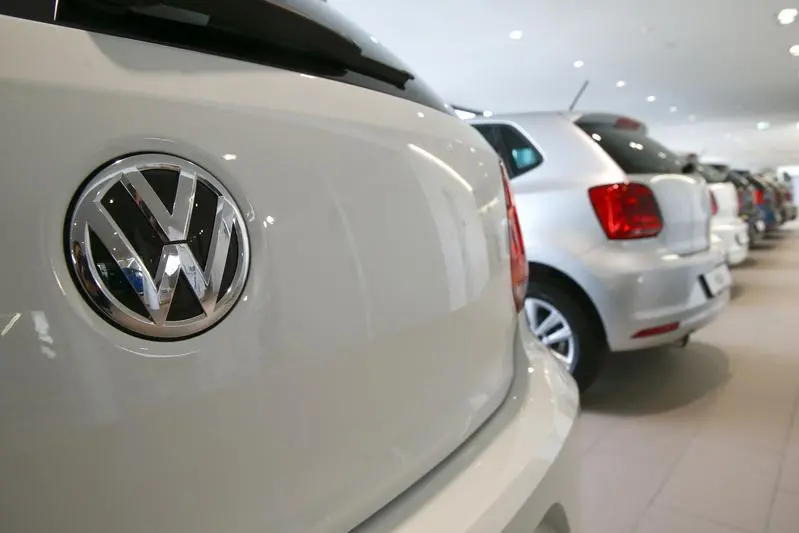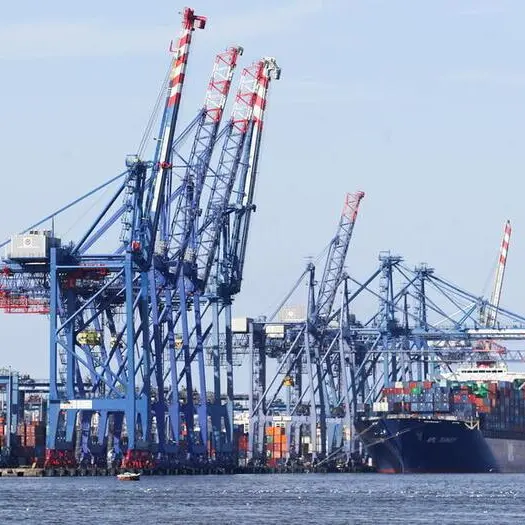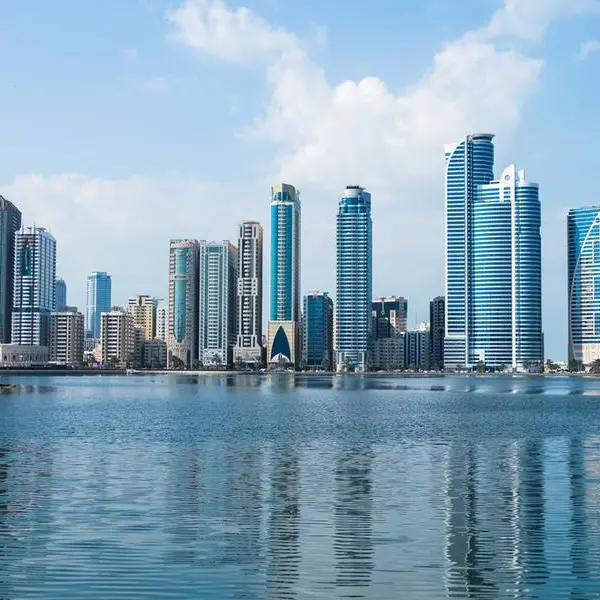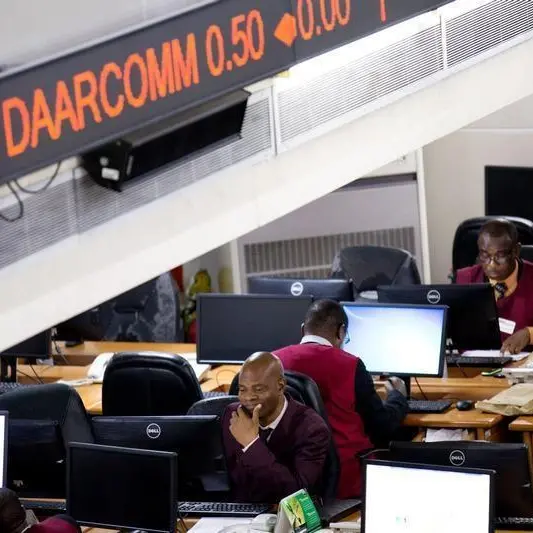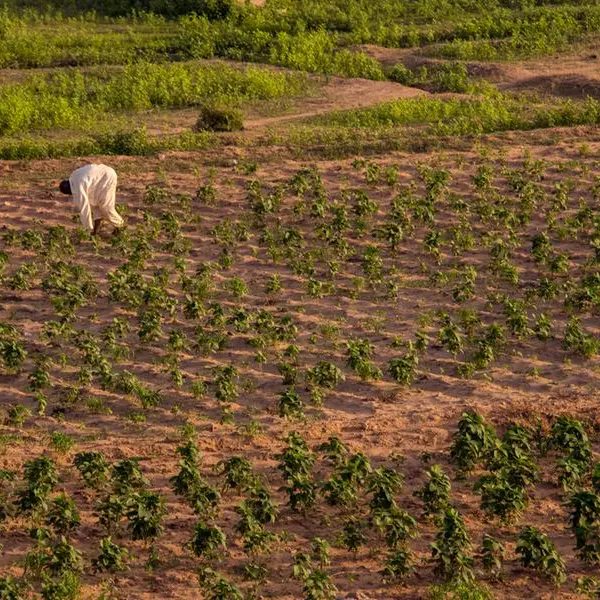PHOTO
LONDON - Severe mobility restrictions across Europe to contain a new surge in COVID-19 cases weighed on fuel sales, weakening the prospect of energy demand recovery in the first half of 2021.
Most of Europe is now under strictest restrictions, according to the Oxford stringency index, which assesses indicators such as school and workplace closures, and travel bans.
In November only four European countries had imposed similar lockdowns.
The United Kingdom imposed a new national lockdown on Monday that is anticipated to last until mid-February. The German government extended a strict lockdown until end of January, and Italy extended to Jan. 15 a ban already in place on movement between 20 regions.
As the result, traffic in London, Rome and Berlin sharply fell in late December and early January, according to data provided to Reuters by location technology company TomTom.
These trends are unlikely to reverse significantly in the coming weeks, BCA Research said in a note, and the pandemic will remain a key challenge for fuel demand in the front-end of 2021, albeit to a lesser degree than last spring.
The return of more aggressive lockdowns was already weighing on fuel sales.
Average sales per filling station in Great Britain were 21%lower than the previous week, government data showed on Thursday, a decrease that the report attributed to low sales around the Christmas period and Covid-related restrictions.
Goldman Sachs this week said its updated first-quarter 2021 market balance outlook had weakened, due to renewed lockdowns.
OPEC also said this week that emergence of a new strain of the virus and curbs on social activities put more downside risks on oil markets in the first half of 2021, forcing most of members to keep production steady while Saudi Arabia offered a big voluntary cut.
"The Kingdom's pre-emptive move suggests to us a desire to defend prices and support the oil market amid demand concerns due to extended mobility restrictions in Europe," UBS analysts said, predicting a rebound in the market only in the second quarter of 2021 driven by vaccinations and increased travel.
China also introduced more restrictions near Beijing. Shijiazhuang, the capital of China’s Hebei province, has banned all residents from leaving the city as part of COVID-related curbs, a city official said on Thursday.
The new restrictions brought the traffic in Shijiazhuang to a standstill, TomTom data showed.
However, demand still remained strong in many countries across the globe, with Apple Mobility Trends showing driving in Brazil, Saudi Arabia, India and Australia has surpassed pre-COVID levels.
The recovery was particularly strong in the United Arab Emirates, according to the Apple data.
In Dubai, driving dropped in March and April, but this week it was 300% above the baseline, a sharp rise that can be attributed to a large number of tourists visiting the country.
(Reporting by Bozorgmehr Sharafedin; Editing by Steve Orlofsky) ((bozorgmehr.sharafedin@thomsonreuters.com; Twitter: @bozorgmehr;))
